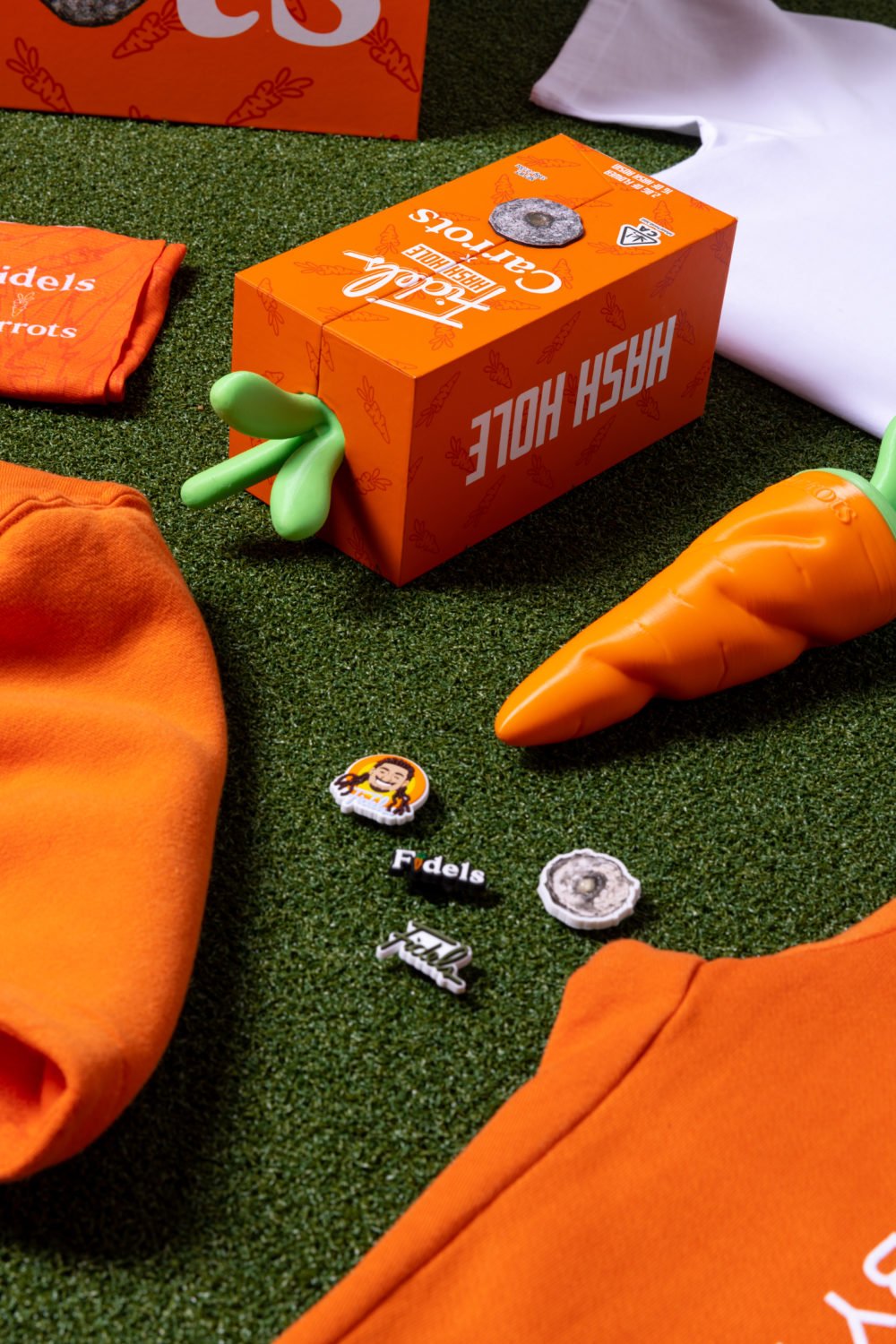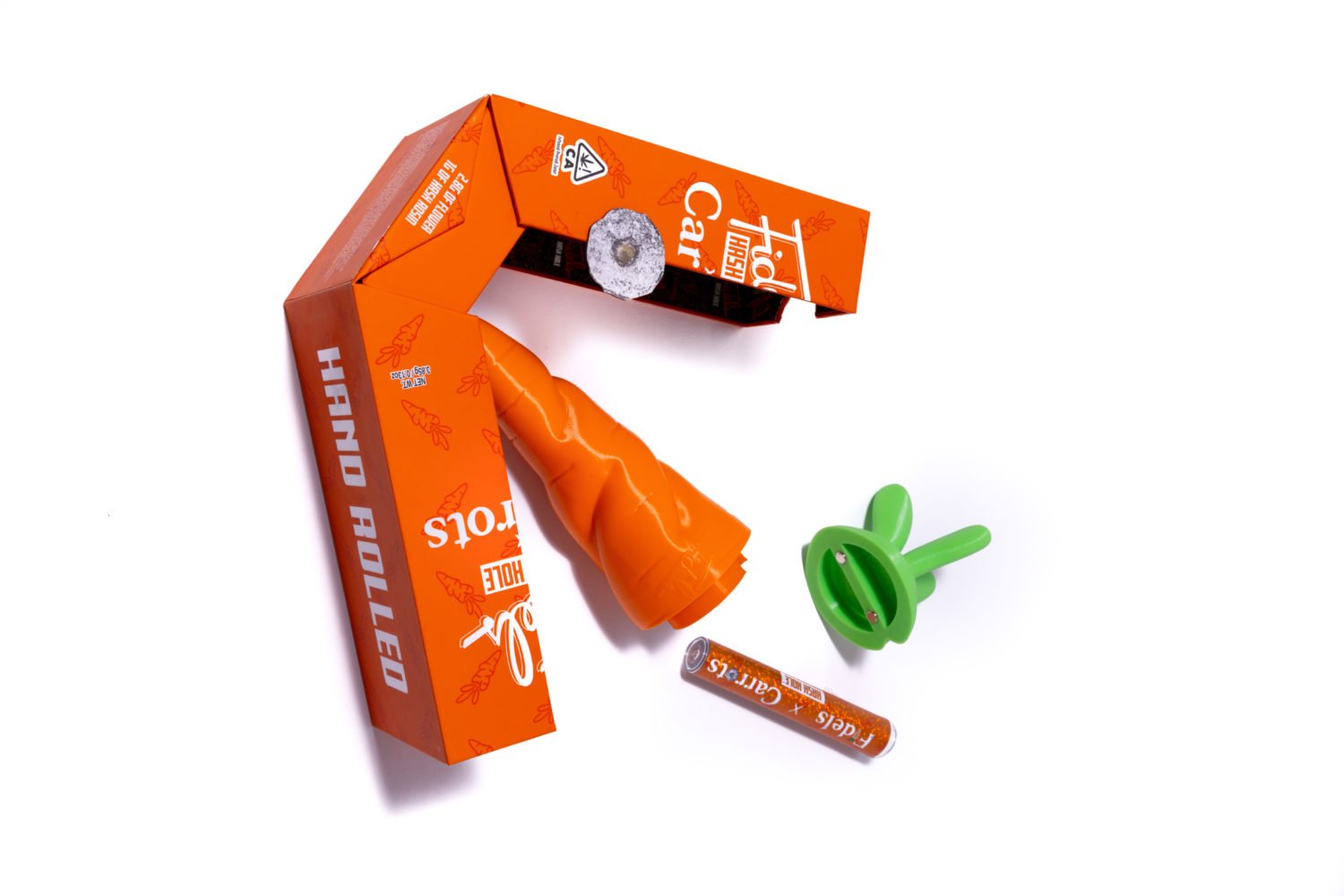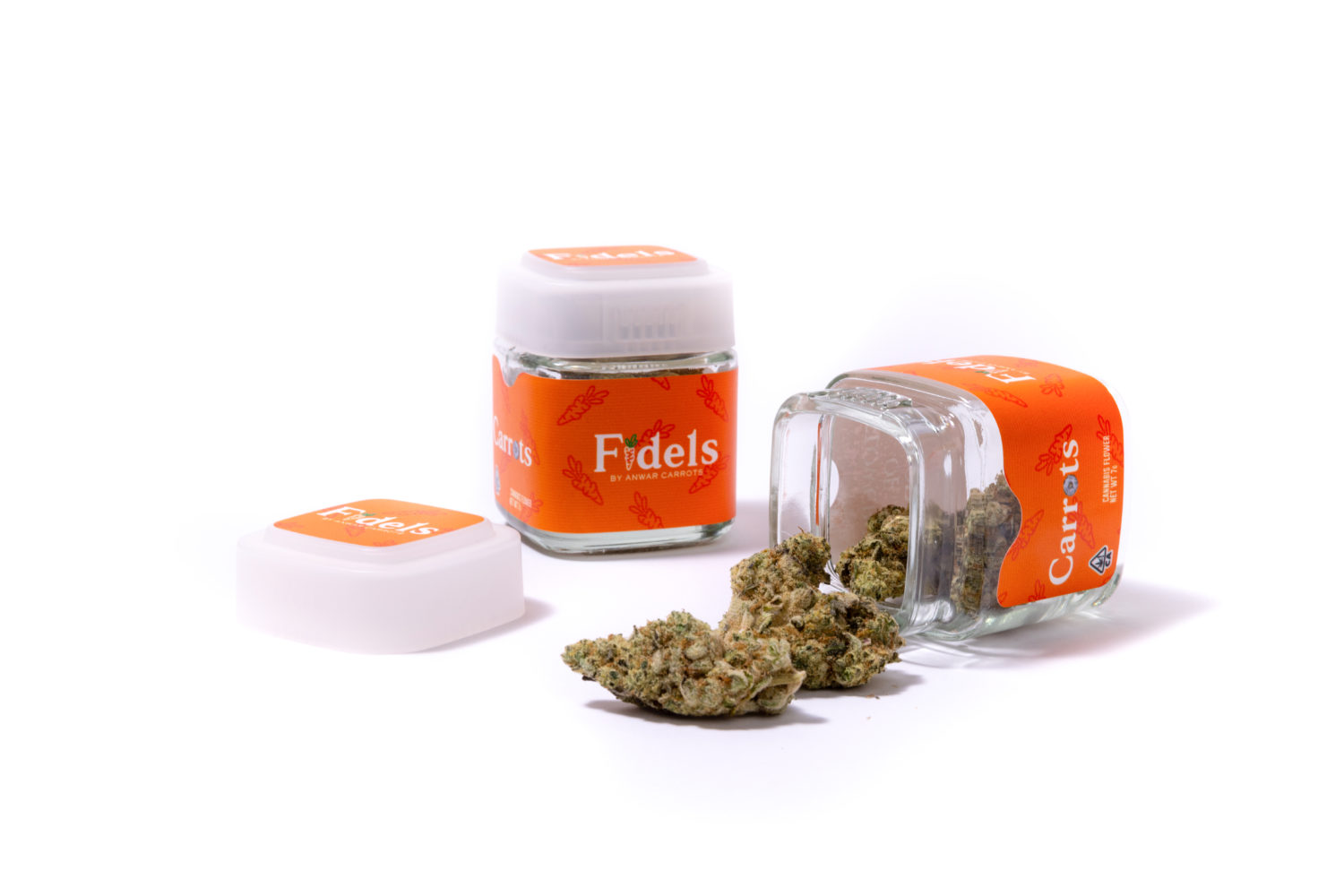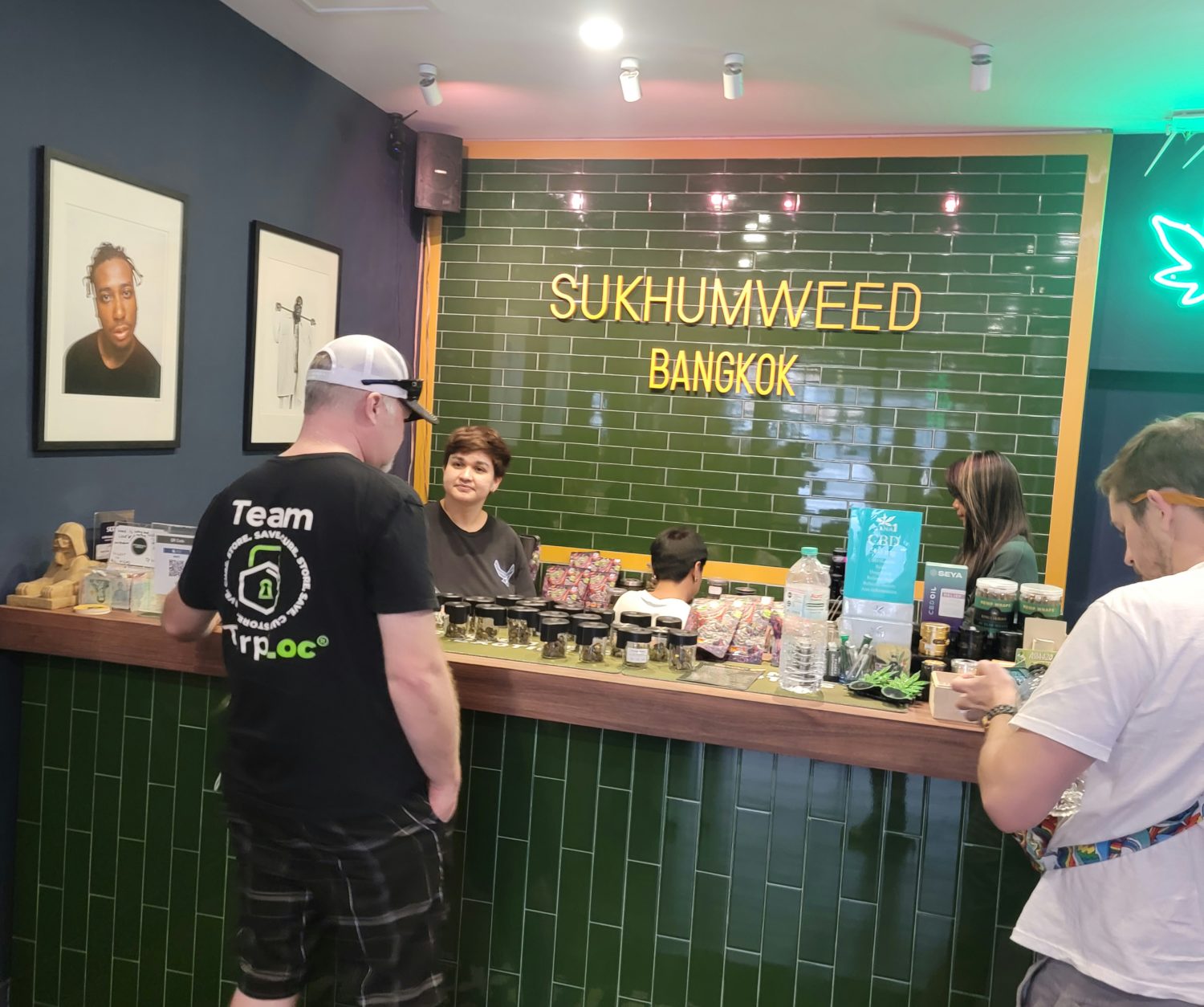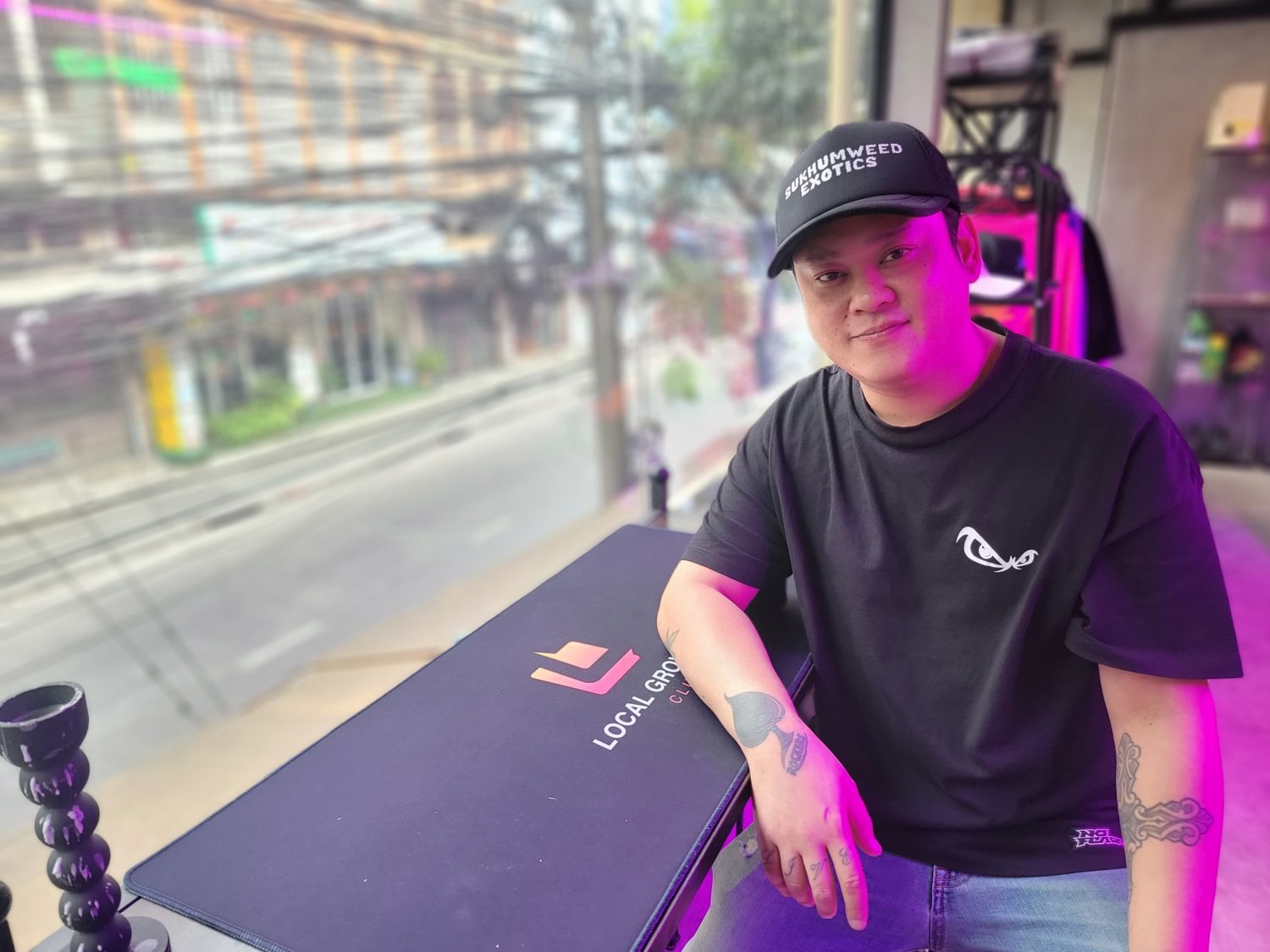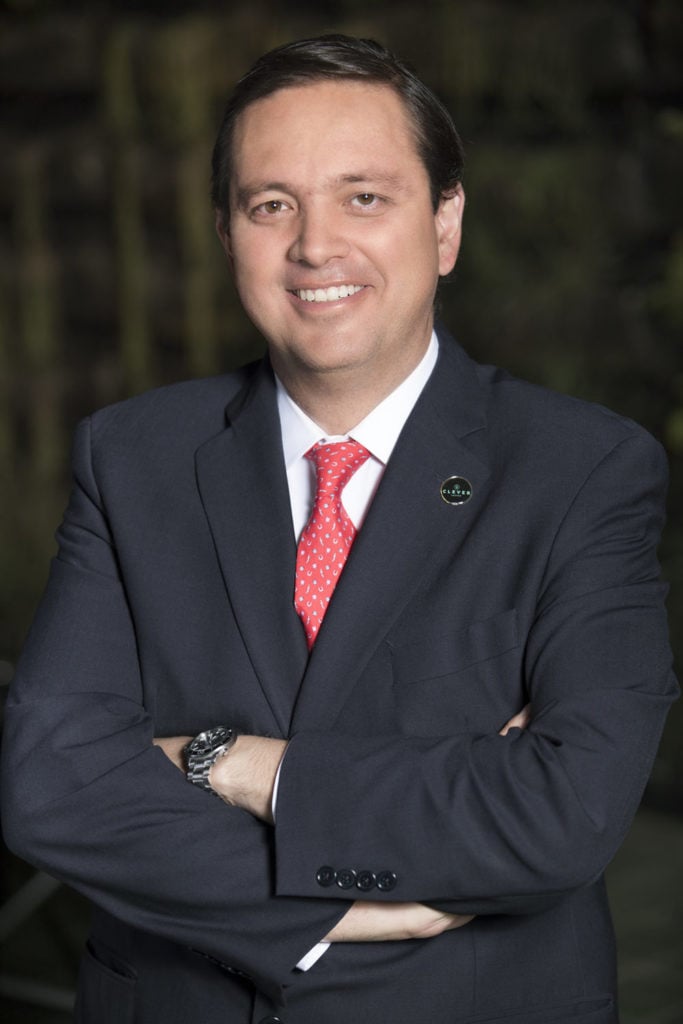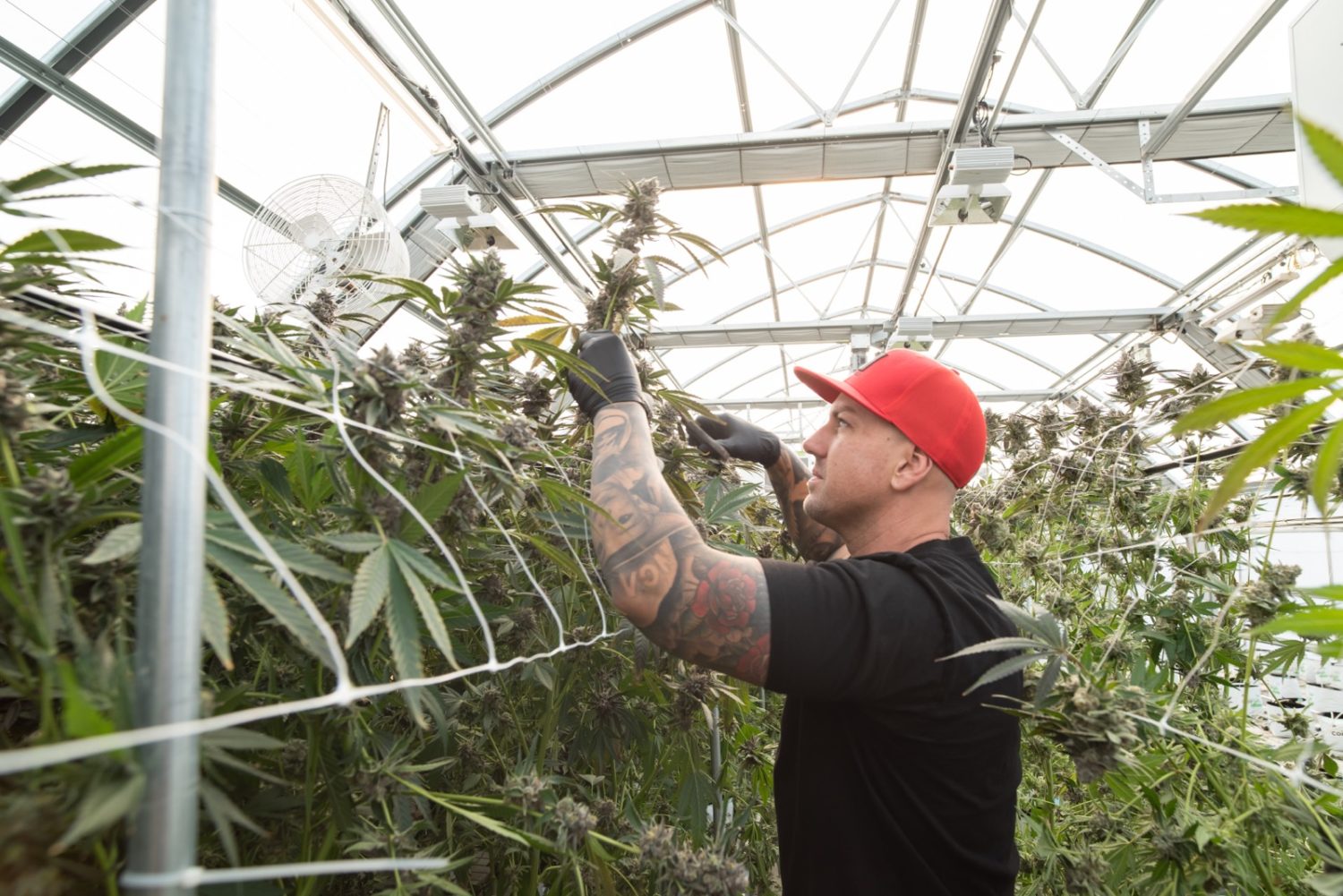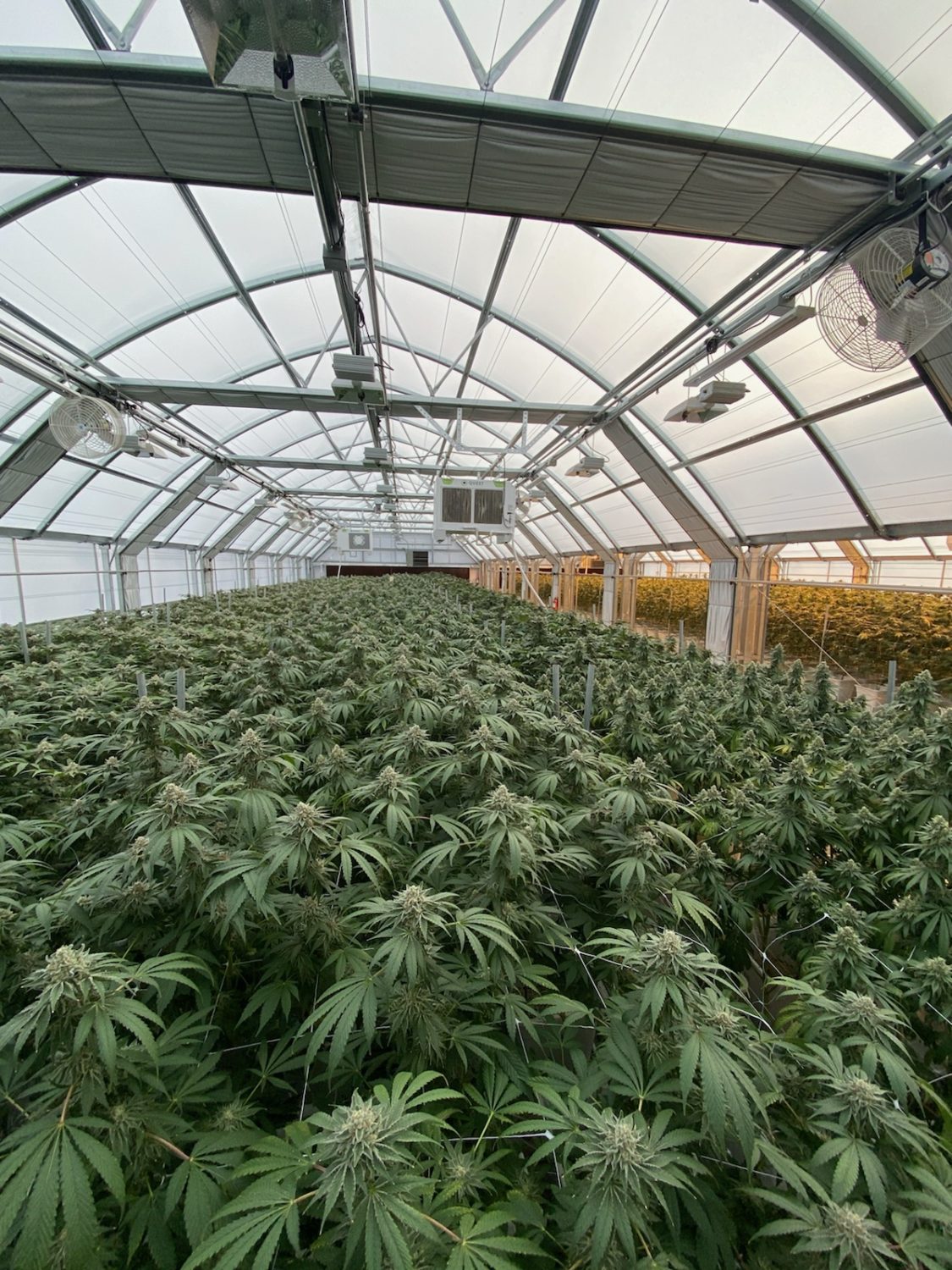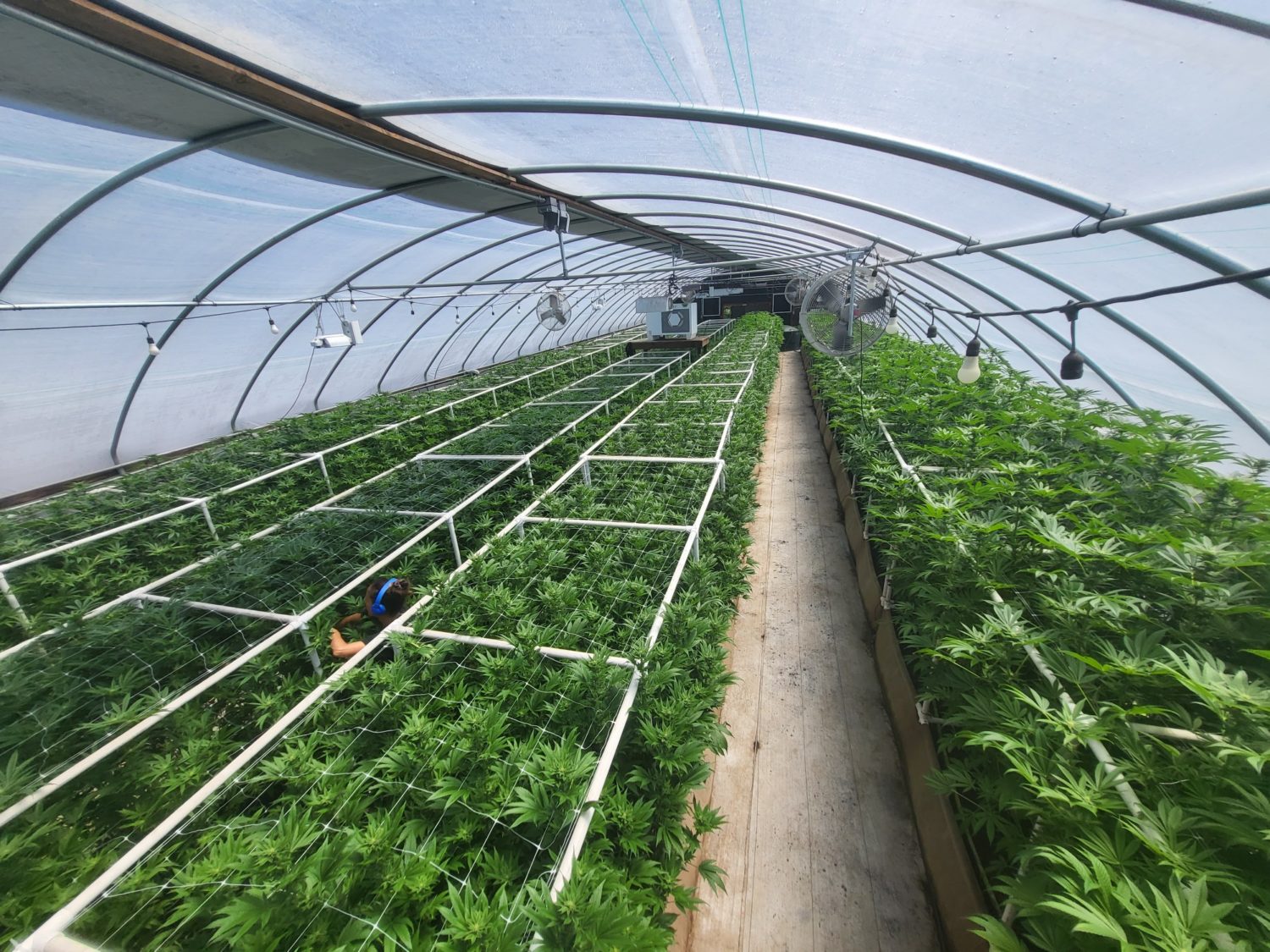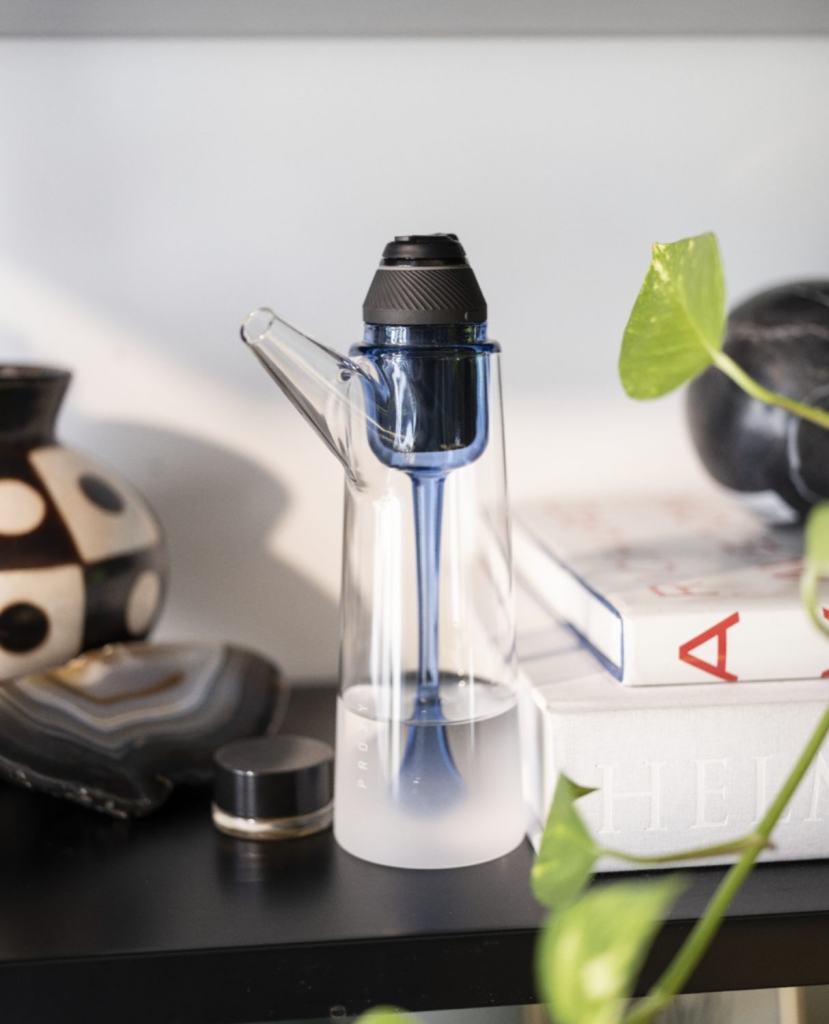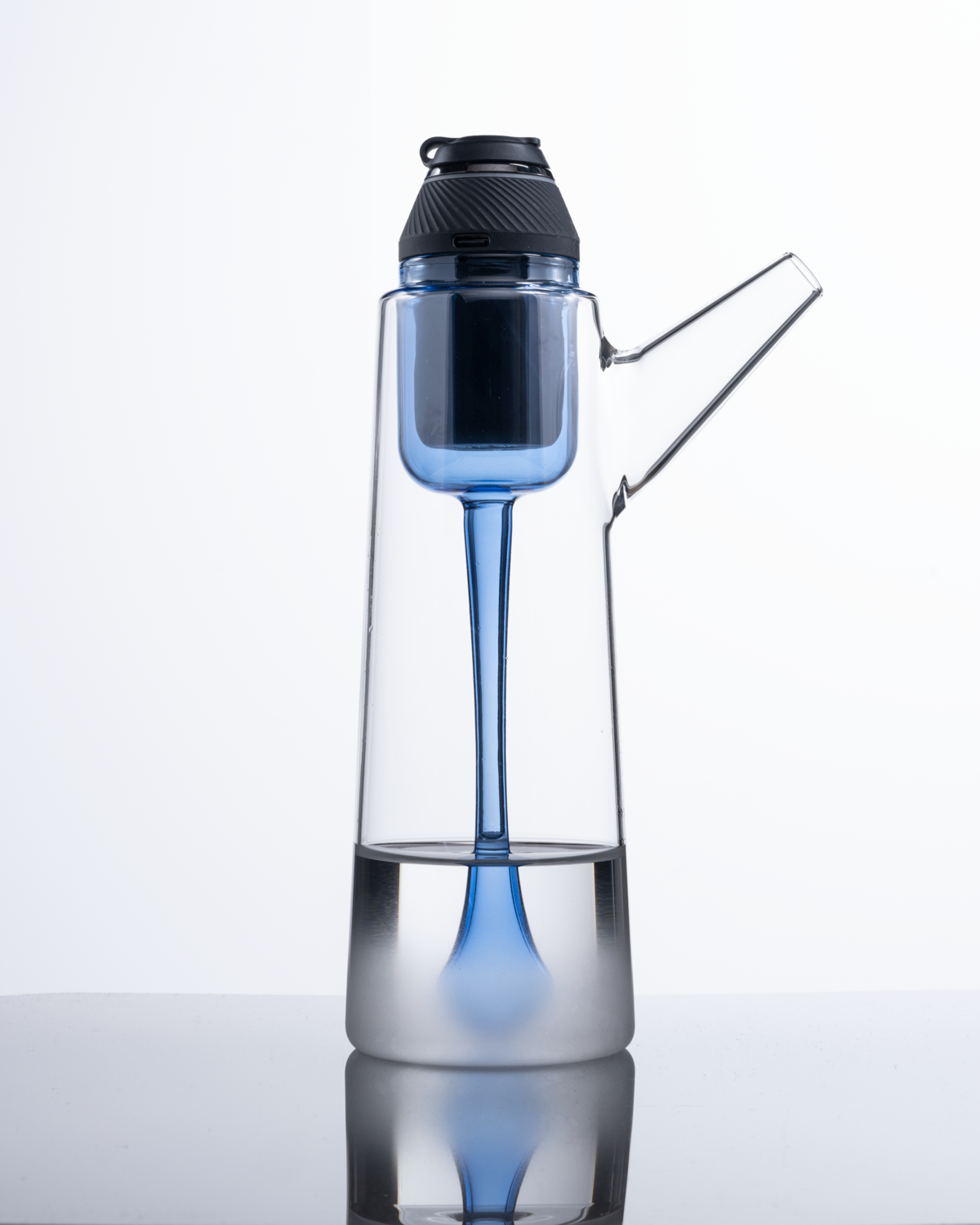DEATH ROW CANNABIS LAUNCH SHOWS SNOOP DOGG BRINGING IN THE EXPERTS
We sat down with the team at Death Row Cannabis last Friday as the world learned about the iconic Los Angeles record label and brand’s move into the cannabis space.
Last February, word got out Snoop Dogg had acquired Death Row Records. At the time, Snoop Dogg was excited to take the reins of the brand he had started his career with and the rest of us were curious to see the types of things he’d do with it. Any rough patches the brand’s identity had been through over the past 30 years were essentially cleaned up with the purchase, given Snoop Dogg’s distance from everything and general mainstream likability. Remember the Super Bowl blunt?! What a guy.
After pulling the Death Row catalog from underpaying music streaming services and streamlining the rest of the company, a few months after the purchase the iconic label started eyeballing the cannabis industry. That culminated with last Friday’s release of their first flower drop. We sat down to chat with two of the people running point for Snoop Dogg on the project, his longtime sound engineer and cannabis inspector Shaggy and AK.
AK will be bringing a lot of heat to the table. Six years ago he came down to California on the hunt for funding something up in Washington. A year later he’d make the move seeing the obvious opportunity for people that speak flame in California’s emerging legal industry. He’d even end up taking part in the Wizard Trees pheno hunt where the RS-11 and Studio 54 phenos were selected, arguably the most influential hunt of the last few years. He kept the #3 for himself, swearing to this day it’s the best one. AK still owns a fertilizer company with Scott from Wizard Trees.
Death Row Cannabis Was Years in the Making
AK would go on to become VP of cultivation for TRP. Founded in 2019, the company has quickly amassed a footprint of 14 states growing for companies like Cookies and Dr. Greenthumb. But even before TRP was founded a few years ago or the Death Row Records purchase, AK had been working on a deal with Snoop Dogg. Arguably the most mainstream cannabis consumer in America next to his literal pals Willie Nelson and Martha Stewart, the latter now with her own CBD company.
“I ended up working for TRP, I’ve been within the last year and a half, about three or four months ago Shaggy reached out to me and said, yo Dogg hit me up, asking if you’d still be interested in doing something with us,” AK told L.A. Weekly explaining how the deal finally came to fruition.
As they started pondering the possibilities, Shaggy quickly realized the lack of red tape at Death Row Records compared to doing another “celebrity line” with the boss. And while last Friday’s launch was certainly intertwined with its new owner heavily in the cannabis news cycle, they still did a good job pushing the Death Row identity to the forefront.

The launch packaging for Death Row Cannabis.
AK had his foot on the gas over the last three months in the buildup. From designing the brand’s identity and packaging to promo to selecting the weed, he had it all covered. While they did look at a lot of cannabis, much of it was grown at their distribution partner’s facility.
“There’s a grow here at the distro, as well, and that’s where three out of the four strains that we’re gonna drop were grown around here by us using my nutrient line,” AK said. “I personally wasn’t involved in growing it, but we literally run the same program. The guys that built that garden and I have done consultations together. And I’m here all the time, so I’m not hands-on but I’m hands-on, if that makes sense.”
AK also emphasized the brand won’t be exclusive to the $60 price point. A big part of the plan is making sure the brand is accessible to all.
“Even if we have more affordable price points we’re still not going to put boof in those bags,” AK emphasized. “I can go get fire ass deps that rival indoor, like fakers (The stuff nice enough to tell east coast people it’s indoor) and then price them correctly instead of just trying to hit people as fakers and gouge them on it.”
The four flower stains for launch will be Tropicanna Cookies, SFV OG, LA Runtz, and Strawberry Gary. TRP-affiliated shops will be the first to get them in San Diego, Brentwood and San Bernardino. They’re shooting to get the number of stores up to 50 to 100 in the first quarter, but are much more focused on making sure the consumer understands they’re getting heat and it has some real grassroots people behind it.
Snoop Dogg’s Specialist
Shaggy, who is leading the effort for Snoop Dogg’s team, has been working with him as a recording engineer since he was 19, he’s 33 now. Over those years, he started helping Snoop Dogg source his flower and taking the responsibilities that come with it, specifically, making sure it’s proper. If someone showed up to the studio with something that wasn’t up to standard, it was up to Shaggy to be the heartbreaker.
“And so that just rolled over when he started doing some cannabis initiatives. He put me and Tiffany in charge of, you know, getting some of his cannabis initiatives up and going. I know a lot of people like AK,” Shaggy explained to L.A. Weekly.
We asked Shaggy when Snoop Dogg knew it was time to pull the trigger on something like Death Row Cannabis given the plethora of pot opportunities that must have been piling up at his door over the years.
Shaggy argues Death Row Cannabis made sense, and the brand has been going through a lot since the purchase. Now we know that most of that time some kind of cannabis discussions were happening in the background, but since February, Death Row has started to revive its merch line with spins on old concert T-shirts and into NFT-embedded albums.
“With the cannabis market, it just made sense, because like AK said, right now a lot of the celebrity brands come out and they hit the really high price point and they don’t offer the value for what you’re paying for,” Shaggy explained. “Like the best price point is like that 30 to 40 range, you know, maybe like $45 because, like this top tier stuff is just too expensive and it’s not always operating to value you know, I’ve been very disappointed you know.”
Shaggy admitted to getting out into the rec market a bit more over the last year as things came together. He regularly left with $65 dollars worth of disappointment as he sees it. His experiences with growers over the years have convinced him that good weed doesn’t have to be really expensive and cheap weed doesn’t have to be bad.
“There’s weed that’s not as expensive, that’s really really good. And basically with us, we want to kind of help stimulate the culture, a little bit of a miseducated culture, and kind of give them good flower at a good price showing that this is possible,” Shaggy said.


